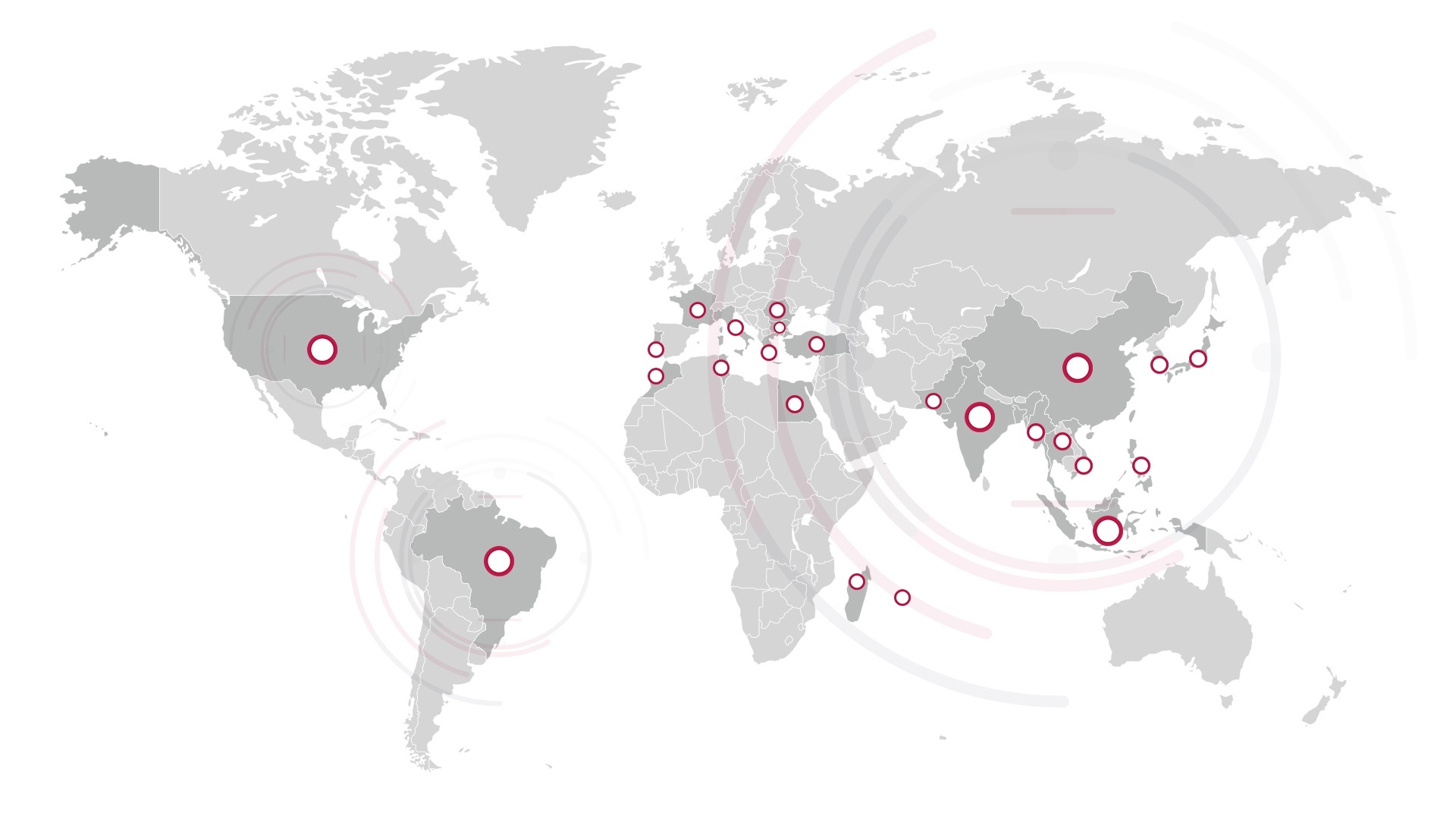Denim icons pervade the fashion timeline, from 1970s Daisy Dukes to Bruce Springsteen’s classic 1984 album cover to Britney Spears and Justin Timberlake’s infamous denim date in 2001. As fashion’s most enduring fabric that is loved by everyone, denim is always in demand and never out of style. Hundreds of millions of pairs of jeans are sold every year in the US alone, and the market value for denim is forecast to hit 105 billion USD by 2023.
A key driver of this growth is a rise in sustainable manufacturing that’s been accelerated by the impacts of COVID-19. Companies are now looking to shorten and optimize their supply chains with more localized, quicker production processes. On the consumer side, shoppers are focusing on what’s essential and are buying fewer items, so they want them to be longer-lasting.
Here are some of the challenges denim brands should consider.
Quality and durability: a perfect combination
According to consumer research by Cotton Incorporated, denim is the most negatively rated apparel product at 30%. Leading complaints include fading, shrinking, stretch recovery, wear and tear, and odor. Cost-cutting measures like thin fabrics and fiber content changes are affecting quality—and shoppers are noticing. Many of these performance issues can also be avoided with more accurate and advanced textile processing.
With 96% of US consumers owning seven pairs of denim jeans on average, men and women are acutely aware of what they want from their jeans. Many manufacturers will attest that creating the right fit for consumers is their biggest headache. Fabrics have different shrinkages, and the stretch in denim tends to falter easily, turning a tight-fitting pair of jeans into an overstretched, sagging disappointment after a few wears and washes.
The comfortable and flattering fit desired by consumers also makes jeans notoriously risky to buy online. In a recent survey by Econsultancy, 29.5% of consumers identified jeans as the trickiest product to purchase over the internet—the highest apparel category by a significant margin. This results in high numbers of returns and ‘bracketing’—ordering multiple sizes of the one item and returning those that don’t fit—leading to huge losses for online retailers. Garments are also usually created based on sales figures before the returns pile in, leading to excess stock, supply chain disruption, and environmental hazards.
Designing more eco-friendly denim
The world may love denim, but traditionally, denim doesn’t love the world back. According to Greenpeace, 1.7 million tons of chemicals are used to produce two billion pairs of jeans every year, with water consumption reaching 7,000 liters per pair.
Issues typically begin before the dyeing process, when the cotton yarn is repeatedly washed and bleached with detergents that pollute the water.
The subsequent dyeing also uses a large amount of water and chemicals, and the spinning and weaving that follows demands energy. However, denim does the most damage during the finishing phase. To generate denim’s iconic ‘worn’ appearance, it’s typically bleached and mechanically stonewashed with stones that must be mined and shipped. The jeans are often washed several times to create the ‘lived-in’ look that most wearers love, which consumes even more water.
Another sustainability concern with jeans is that masses of them end up in landfills. Cheaper alternatives are generally not long-lasting and prompt consumers to buy countless pairs across their lifetimes. Stretchy jeans are even worse news for landfills, as the synthetic fibers within them don’t decompose and can’t be recycled. It’s also difficult to recycle the metal accessories commonly found in jeans, such as zippers, buttons and rivets.
Consumers demand change
The denim industry ought to address the global shift toward sustainability by introducing eco-friendly choices across the entire product lifecycle. The next challenge will be avoiding ‘greenwashing’ tags through self-declarations and sustainability claims that are lost on skeptical consumers or even mislead them. Appropriate certifications and processes that validate sustainable efforts can help denim brands generate trust, loyalty, and sustainable growth.
SgT offers flexible technical and environmental solutions specifically for the denim industry.
Contact our textile quality experts today.



